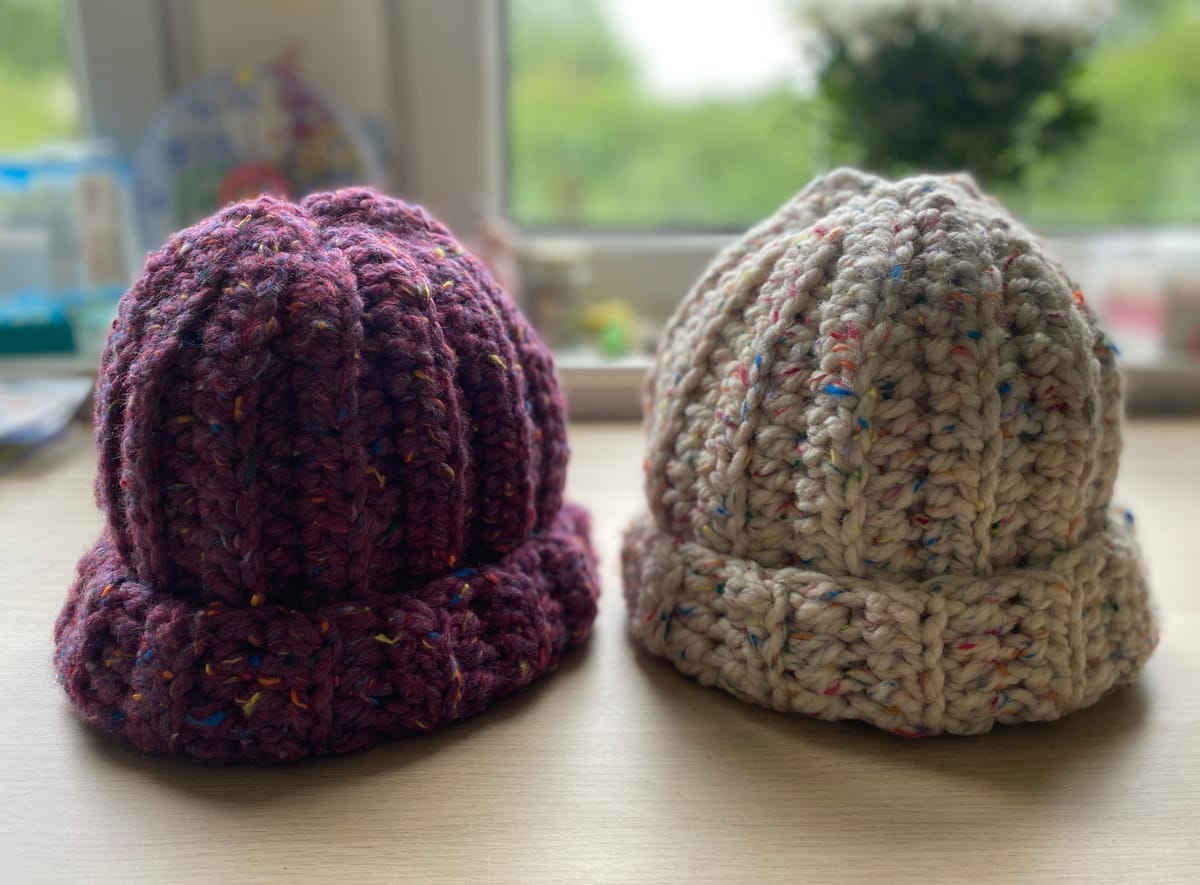On the 11th May 2022 We made it to the beautiful city of Edinburgh. Although we didn’t walk through it per se, we did spend a wonderful evening there. We enjoyed it so much that I thought a little blog post, with fun facts connected to some of the things we saw in Edinburgh, was in order.
Edinburgh has been recognised as the capital of Scotland since 1437 and has the affectionate nickname of Auld Reekie (Scots for Old Smoky)! It’s situated in Scotland’s Central Belt, on the Southern Shore of the Firth of Forth, and has a population of 518,500 (2019 – City of Edinburgh council area).

Listed buildings
Edinburgh is home to some of the most amazing buildings and over 4,500 of them are listed (which actually means that over three quarters of the city’s buildings are listed). As we walked around the Old Town we managed to see some of them. The building behind Eve (with the spire) is The Tron Kirk, which has been at the heart of Edinburgh’s Old Town for nearly 400 years. Its tall spire is the landmark that brought the population together at Hogmanay (the last day of the year), and its name comes from the public weighing beam that stood outside of the building. It was an important gathering place where goods were measured and criminals were punished. Underneath the Tron lies archaeological remains of Marlin’s Wynd, the earliest paved street in Scotland, which would have been a small lane between High Street and Cowgate. The Tron Kirk was placed on the Buildings at Risk register in 2003 but is currently managed by Edinburgh World Heritage. You can read more about the building here: https://ewh.org.uk/iconic-buildings-and-monuments/the-tron-kirk/
Edinburgh wasn’t always the capital
In the intro I mentioned that Edinburgh had been recognised as the capital of Scotland since 1437. Scone (Perth) was actually Scotland’s first capital and the Scottish Parliament was based there from its formation in 1235. After King James I of Scotland was brutally murdered in 1437 the throne was moved to Edinburgh Castle.
Other sources claim Stirling or Dunfermline were possible capitals before Edinburgh though, so you’ll need to investigate that further!

Edinburgh Castle
We took a lovely walk up to the castle and watched people getting ready for the Edinburgh Tattoo. This beautiful, historic castle was built on top of an extinct volcano called Castle Rock, a volcanic plug that formed 350 million years ago during the Carboniferous period. Multiple volcanoes formed in this area, with the summit known as Arthur’s Seat thought to have been the main site of volcanic activity. At the time of these eruptions Scotland would’ve been located much closer to the equator and would’ve looked very different to today.
The Royal Mile
Finally we went for a wonderful meal at Burgers and Beers Grillhouse on the Royal Mile courtesy of the Mac who is one of the nicest and most generous people in Edinburgh, and meeting her was a privilege! Thank you so so much! [The food was absolutely delicious and we didn’t leave a crumb!]
The Royal Mile also has an interesting history. When glaciers advanced during the Ice Age, the ice went either side of the volcanic plug underneath Edinburgh Castle. The volcanic plug is made of basalt (a very hard material) which protected the softer sediment behind it. This meant a tail of rock, stretching out from behind the volcanic plug, was preserved and is today known as the Royal Mile. The Royal Mile runs between Edinburgh Castle and Holyrood Palace and is also slightly longer than a mile but shhhh!

https://en.wikipedia.org/wiki/Edinburgh_Castle
https://electricscotland.com/history/perth/vol1chapter5.htm
Walking tour – Arthur’s Seat, Edinburgh







Comments